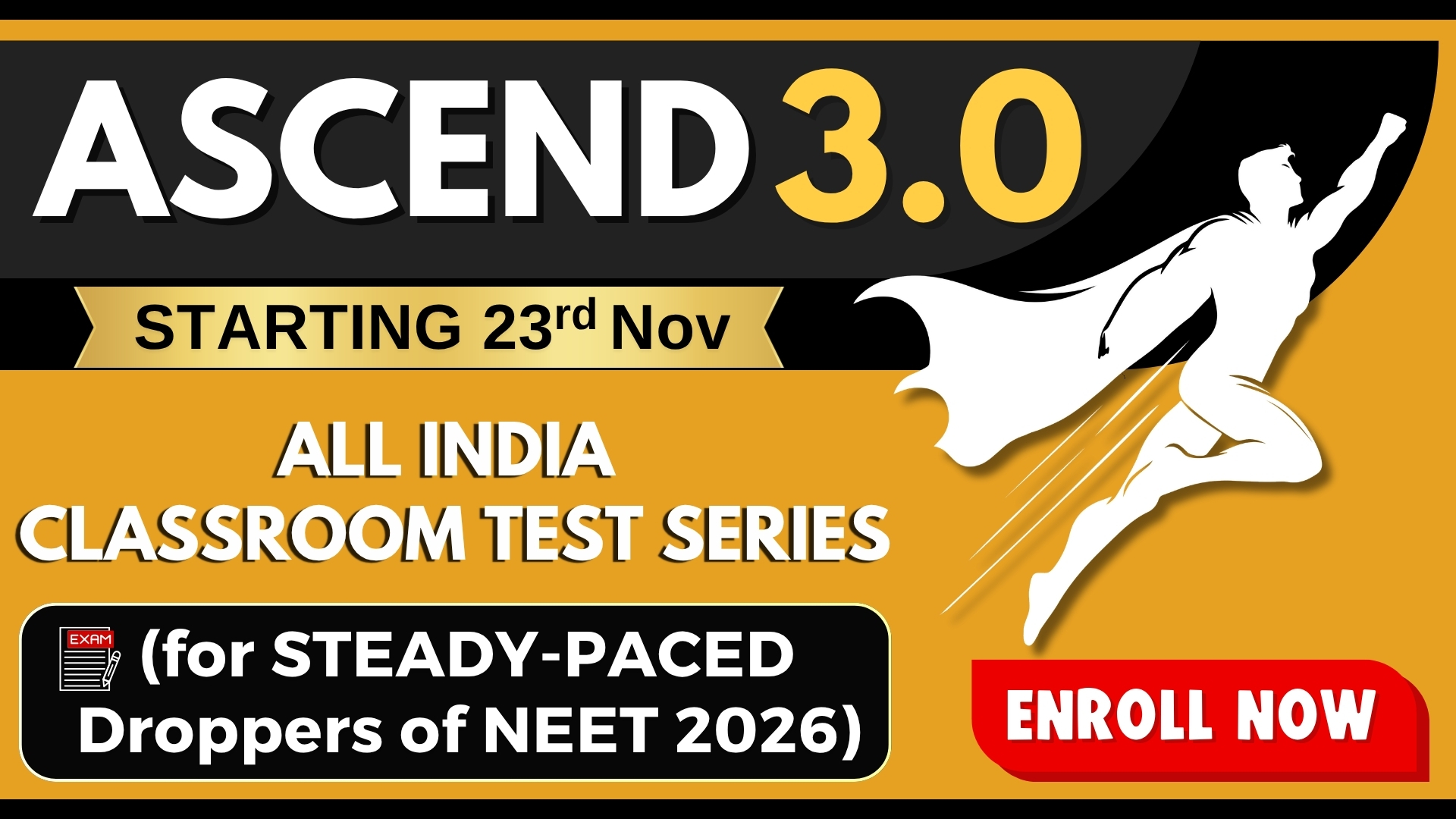Which of the following end product of digestion is absorbed by means of active, passive and facilitated diffusion?
(1) Glucose
(2) Water
(3) Fructose
(4) Galactose
पाचन के निम्न अंत उत्पाद में से कौन सा सक्रिय, निष्क्रिय और सुकृत विसरण के माध्यम से अवशोषित होता है?
1. ग्लूकोज
2. जल
3. फ्रक्टोज
4. गैलेक्टोज
(1) Glucose
(2) Water
(3) Fructose
(4) Galactose
Succus entericus is
(1) Secretion of goblet cells+ secretion of mucosal brush border cells of intestine
(2) Secretion of intestinal goblet cells
(3) Secretion of brush border intestinal cells
(4) Secretion of pancreatic exocrine portion
सक्कस एंटेरिकस होता है:
1. चषक कोशिकाओं का स्राव+आंत्र की श्लेष्मकला ब्रश सीमा कोशिकाओं का स्राव
2. आंत्रों की चषक कोशिकाओं का स्राव
3. ब्रश सीमा आंत्रीय कोशिकाओं का स्राव
4. अग्नाशय बहिःस्रावी भाग का स्राव
Trypsinogen, chymotrypsinogen, procarboxypeptidase, amylase, lipase and nuclease enzymes are found in:
(1) Pancreatic juice
(2) Succus entericus / intestinal juice
(3) Gastric juice
(4) Bile and gastric juice
ट्रिप्सिनोजन, काइमोट्रिप्सिनोजन, प्रोकार्बोक्सीपेप्टिडेस, ऐमिलेज, लाइपेज और न्यूक्लिएज एंजाइम कहाँ पाए जाते हैं?
(1) अग्नाशयी रस में
(2) सक्कस एंटेरिकस / आंत्र रस में
(3) जठर रस में
(4) पित्त और जठर रस में
Which of the following is unabsorbable form of end product of digestion?
(1) Fatty Acids
(2) Glucose
(3) Fructose
(4) Sodium ions
निम्न में से कौन सा पाचन के अंत उत्पाद का अनअवशोषित रूप है?
1. वसीय अम्ल
2. ग्लूकोज
3. फ्रक्टोज
4. सोडियम आयन
Pancreatic nucleases are activated by-
(1) Enterokinase
(2) Trypsinogen
(3) Trypsin
(4) Enteropeptide
अग्नाशय के न्यूक्लिएज़ किसके द्वारा सक्रिय होते हैं?
1. एन्टेरोकाइनेज
2. ट्रिप्सिनोजेन
3. ट्रिप्सिन
4. एन्टेरोपेप्टाइड
Find the wrong statement out with respect to oesophagus.
(1) Thin, long tube
(2) Extends posteriorly
(3) Passes through diaphragm
(4) opens into thorax
ग्रासनली के संबंध में असत्य कथन का पता लगाइए:
1. पतली, लंबी नलिका
2. पश्च भाग में खुलती है।
3. मध्यच्छद से गुजरता है।
4. वक्ष में खुलता है।
Which of the following components of our food are taken in small quantities?
(1) Carbohydrate and proteins
(2) Proteins and minerals
(3) Proteins and lipids
(4) Minerals and vitamins
हमारे भोजन के निम्नलिखित घटकों में से किन्हें कम मात्रा में लिया जाता है?
(1) कार्बोहाइड्रेट और प्रोटीन
(2) प्रोटीन और खनिज
(3) प्रोटीन और वसा
(4) खनिज और विटामिन
Which of the following is required in small quantities?
(1) Vitamins
(2) Glucose
(3) amino acids
(4) Fatty acids
निम्नलिखित में से किसकी आवश्यकता कम मात्रा होती है?
1. विटामिन
2. ग्लूकोज
3. अमीनो अम्ल
4. वसीय अम्ल
Which of the following is incorrect about tongue?
(1) Freely movable
(2) Muscular organ
(3) Frenulum is the mean for attachment to the palate of oral cavity
(4) Presence of papillae at upper surface.
निम्नलिखित में से कौन सा जिह्वा के संबंध में असत्य है?
1. स्वतंत्र रूप से घूमने योग्य
2. पेशीय अंग
3. फ्रेनुलम मुखगुहा के तालू से संलग्नता का साधन है।
4. ऊपरी सतह पर अंकुरकों की उपस्थिति
The path of bile cannot be-
(1) Hepatic cells- hepatic ducts- gall bladder- cystic duct
(2) Gall bladder- cystic duct - common bile duct - hepato-pancreatic duct
(3) Hepatic cells-cystic duct-Hepatic duct- common bile duct
(4) More than one options are wrong
पित्त का पथ नहीं ...................... हो सकता है।
1.यकृतीय कोशिकाएँ- यकृतीय वाहिनी - पित्ताशय - पित्तशयी वाहिनी
2. पित्ताशय - पित्तशयी वाहिनी - सामान्य पित्त वाहिनी - अग्न्याशय
3. यकृतीय कोशिकाएं - पित्तशयी वाहिनी - यकृतीय वाहिनी - सामान्य पित्त वाहिनी
4. एक से अधिक विकल्प गलत हैं।






